The cold weather may be here to stay, but we’re not ready to put our boats away just yet. Not only does the harsh weather reduce the angling pressure in the lakes we love to fish, but the fall is also one of the best times to catch big fish in just about every province across the country. Rainbows are feeding in BC, Pike are stocking up in Saskatchewan, and Great Lakes Walleye are hitting their annual peak.
So whether you’re in the mountain lakes of BC or heading out on the Bay of Quinte, here are the top 10 things you need to consider for your late fall fishing trip.
1 – PFD/Float Suit
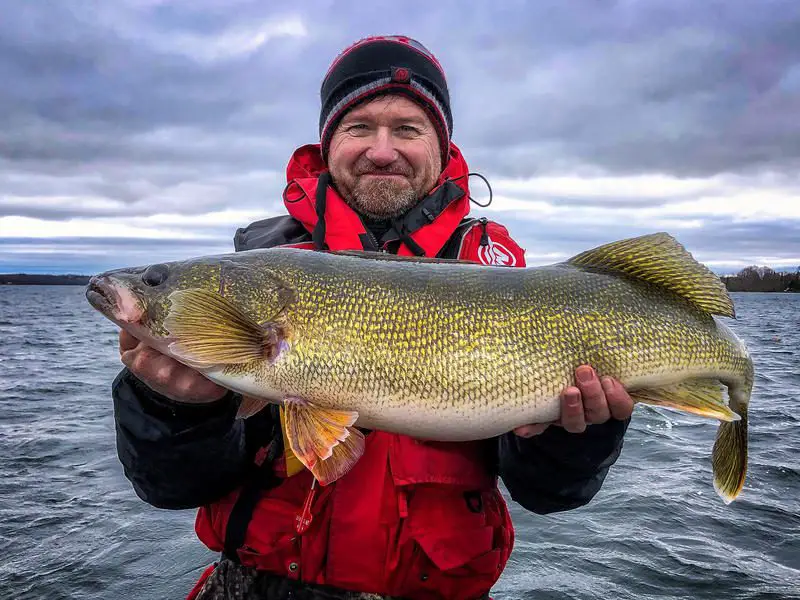
Personal Floatation Devices are important at all times of the year, but they are even more so when things get cold.
Throughout Canada, water temperatures in the fall commonly dip into the 40s and 50s, well below the 60-degree threshold that makes hypothermia a serious risk. When water temperatures are this cold, hypothermia can occur in just minutes, making that life jacket you keep under your seat virtually useless when the worst-case scenario occurs.
For this reason, personal floatation devices that activate in the water, or by a simple pull of a line, should be worn at all times when fishing in frigid conditions. Better yet, that float suit you are saving for ice season can provide you with both safety and warmth in one convenient package.
2 – Garmin GPS and Fish Finder
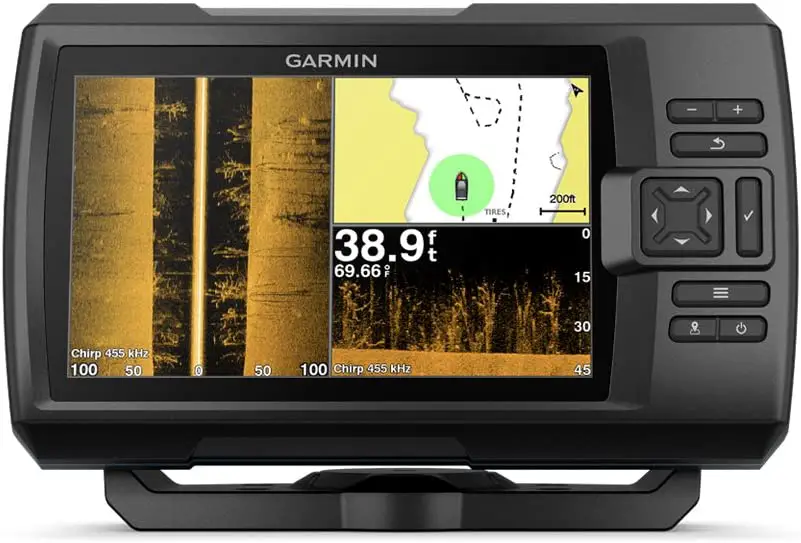
Another item that should have its place in your boat throughout the year, fish finders, and especially a GPS, are essential when fishing in the fall.
From an efficiency perspective, Garmin fish finders are game-changers. Units like the Striker Vivid Series provide anglers with the clearest and most customizable interface that allows anglers to see, mark, and create routes around even the smallest bits of structure. The now-famous PanOptix LiveScope system allows anglers to differentiate between different species of fish before ever dropping a line. And the QuickDraw feature that comes standard on most Garmin units takes the guesswork out of exploring uncharted back lakes.
From a safety perspective, having an accurate and reliable GPS is also key, ensuring you know where you are at all times, even when fog, rain, and snow become a factor.
3 – Lip Balm
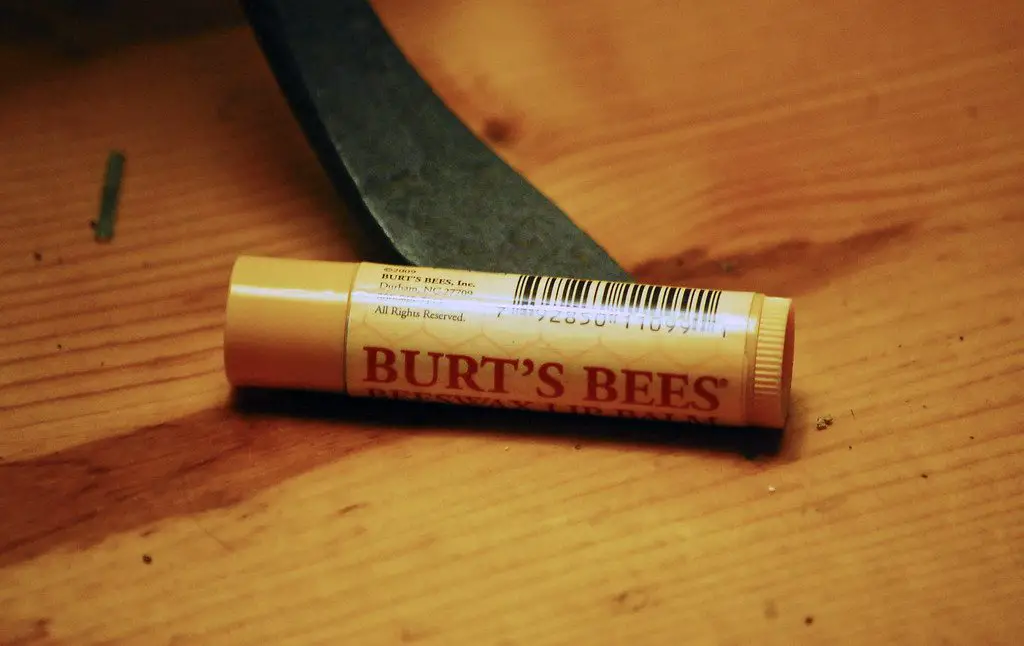

Chapped lips may indeed be a concern when fishing in the late fall, but they rank much lower on the list than this next problem we are trying to avoid – frozen guides.
Frozen guides are one of the most annoying aspects of cold-water fishing, plaguing anglers from November all the way through until the spring. Many anglers simply suffer through the annoying phenomenon, picking ice off the guides as they build and frantically trying to keep fish hooked when line refuses to leave the reel.
Thankfully, there is a solution. Lip balm, especially Burt’s Bees, acts as an excellent water repellent that keeps ice from building up on both guides and reels. Simply apply it straight to the guides of the rod and watch as the water repels off the now waxy surface. Of course, this layer will eventually wear off, but reapplying a bit of chapstick to a guide every half hour or so is much better than losing fish or freezing your hands.
4 – Base Layer
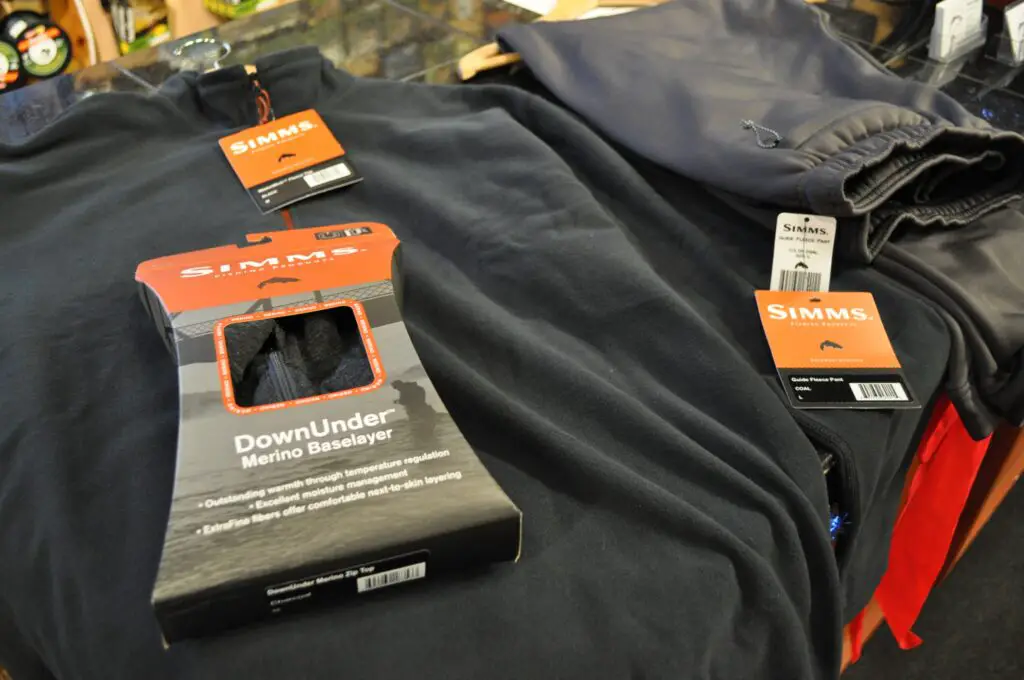
A topic that deserves an article of its own, layering is essential to having a safe and enjoyable day out on the water when conditions drop to near-freezing.
This all starts with a good base layer. This layer is your first line of defence against the cold, keeping your body heat in and avoiding that unshakeable chill that deer hunters and ice fishermen will be all too familiar with. Merino Wool is the best material to look for when selecting this layer, relied on by cold weather sportsmen all over the world to keep heat in and wick sweat away from the body. Wicking sweat is the true benefit of this impressive material, keeping you warm and dry even after exerting activities such as launching boats, winding downriggers, and landing 30″ walleye.
This high-end material does come at a slightly higher price point, but trust us when we tell you – this is not the layer you want to cheap out on.
5 – Rain Suit/Dry Bag
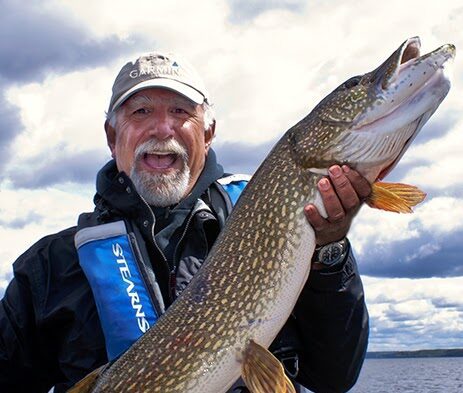
Weather is notoriously finicky in the fall and although wind and rain may be annoying for some, these frustrating weather patterns are often exactly what makes the fishing so good during this time of year.
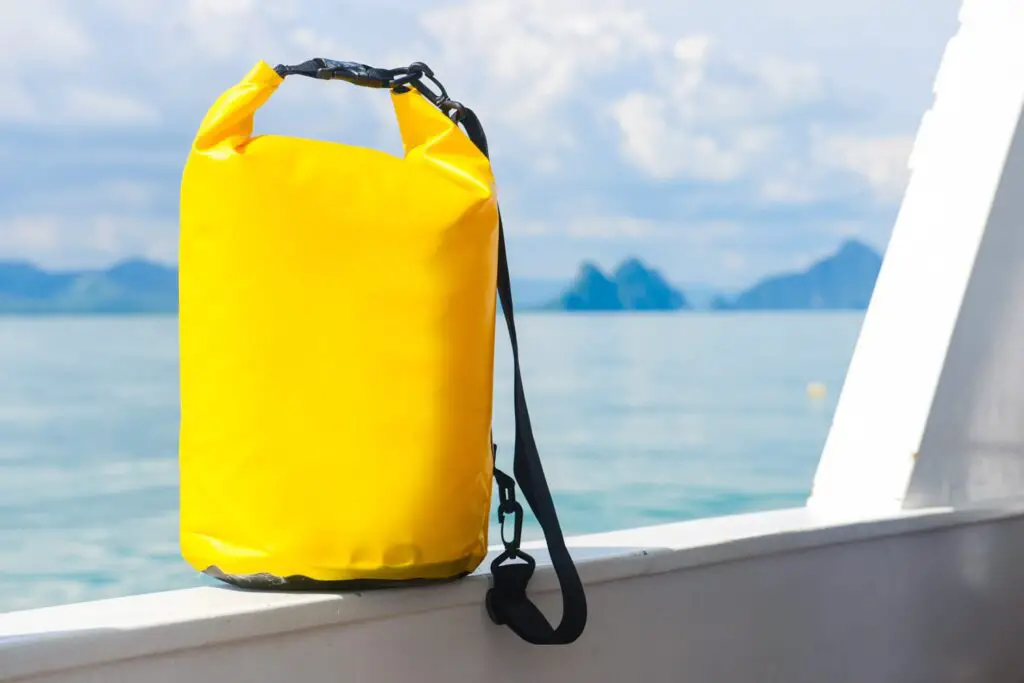
To keep the wet weather from ruining our fall fishing, we always…and we mean always, have rain gear in our boat. Another area in which cheaping out is never recommended, we always try and spend a little bit more on our rain gear to ensure we are totally dry when the wet weather moves in. GoreTex is perhaps the most famous of the waterproof fabrics used today, so look for the GoreTex logo on the tags of your bibs and jacket before making the purchase.
Another tip for packing rain gear is to always keep it in a dry bag. Other than the obvious reason that it keeps your gear dry, these bags also keep your gear extremely compact and allow them to be stored in some of the smaller compartments of the boat. When it does rain and your rain gear is needed, the now-empty dry bag can also be used to store valuable items such as phones, wallets, and cameras to keep them from being damaged by the rain.
6 – Jet Boil

Backcountry hunters and ice anglers will likely already be familiar with this product, but they can also be excellent for harsh days out on the open water. Able to boil water in under two minutes, these cooking systems are the fastest ways to warm up with a hot meal and drink out on the water without having to dock the boat or pull it up on shore.
**Please note: be extra careful when using any kind of open flame cooking system while on a boat. With caution though, they can save the day with a spot of warmth.
These cooking systems are also small enough to a stored in a bag or boat compartment and take up nearly no room in your boat. Simply throw it under a seat or rod locker with some soup, oatmeal, or instant coffee and forget it’s even there!
7 – Garmin inReach
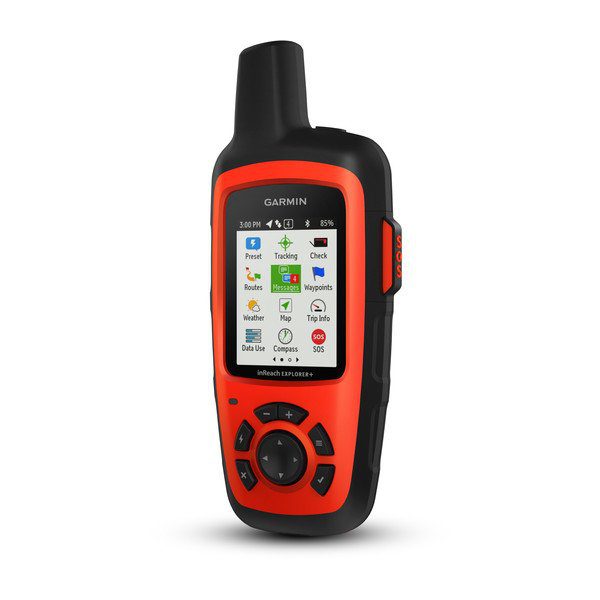
Being out of cell phone service is one of the aspects anglers love about fishing. However, when weather is unpredictable and winter weather is fast approaching, having a way to connect with the outside world is crucial. That is why, in the fall, we never leave the launch without is our Garmin inReach.
Unlike other devices, which only allow you to send SOS messages, the inReach allows you to send full text messages as well as share exact GPS locations whether you are in danger or simply trying to send your fishing buddy a hotspot. More than just an emergency device, the inReach also allows you to check weather forecasts, set waypoints, and view detailed topographic maps in even the remotest of locations.
8 – Hand Warmers

Cold hands make everything more difficult – from tying knots, to casting, to landing fish. When trying to keep your hands warm and mobile while out on the water, hand warmers can make all the difference.
Staples of Canadian households, these shake-to-activate warmers can be found virtually everywhere and can easily be tossed into tackle boxes or the glove compartment of your boat. Simply shake them, toss them into your gloves or boots, and enjoy warm hands and feet for up to ten hours!
9 – Rod Holders

Another tool used to save your hands, rod holders are a must for late fall trolling. Not only are they crucial to fishing more than one rod, they also allow those fishing single rods to troll effectively without having their hands exposed to the elements.
For those fishing smaller boats, or who do not want to make permanent modifications, clamp-on rod holders are great temporary options for those who want to keep their hands warm during a day of trolling.
10 – WD-40

Similar to why we keep lip balm aboard, this product is designed to keep ice build-up from damaging our gear, particularly our Garmin Force Trolling Motor. When fishing in freezing temperatures, every drop of water you expose to air has the potential to become ice. This makes the trolling motor one of the most frequent areas to see build-ups.
With all the small components that go into making these innovative motors so effective, the last thing you want is to break or lose parts when pulling your ice-covered motor back into the boat at the end of the day. That is where the WD-40 comes in. Simply spray the shaft of the motor, as well as all the small parts towards the propeller before dropping it down into the water and enjoy an ice-free day of fishing!
Don’t let the cold keep you off the water this fall. Pack these ten cold water essentials and make the most of all that this incredible time of year has to offer!

Hey ! Pete,
Love your list of coldwater essential’s.
An 8-9 hour shift on Quinte from mid Nov onward is not for the faint of heart.
Just loading up the boat in the morning will get you to sweat.So top notch Base layering is an absolute !!! Must have.We always pack a portable stove because getting hot liquids into you is a game changer.Some years we have even brought a portable Coleman parabolic type heater in case of your hands going on you.2 more essentials that we carried was a 5 gallon pail to relieve yourself into.Much safer than trying to do it overboard with the mighty Quinte rocking and rolling.Finally,a pair of ski goggles for when your on the move,that cold air and wind wreaks havock on your eyes when travelling.Good luck to all and respect the water this time of year.16 days left till we head down to Picton Yeee Hah !!!!!!!